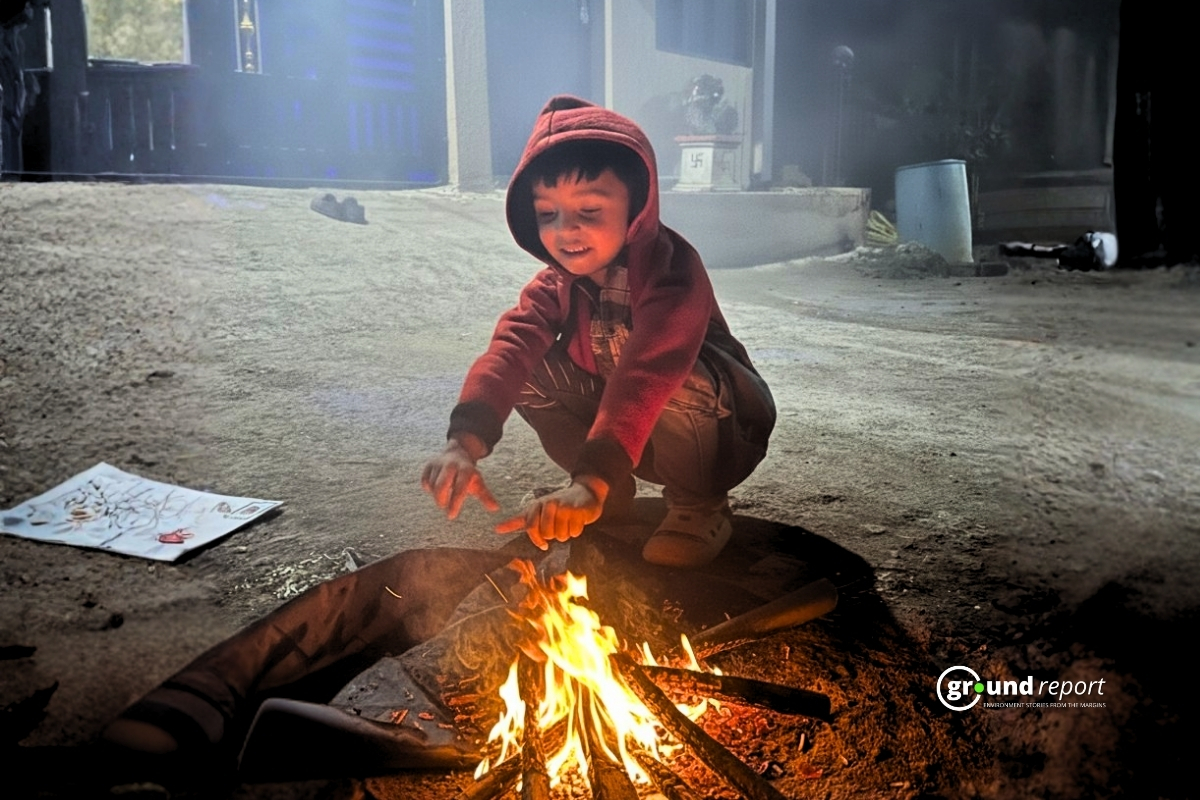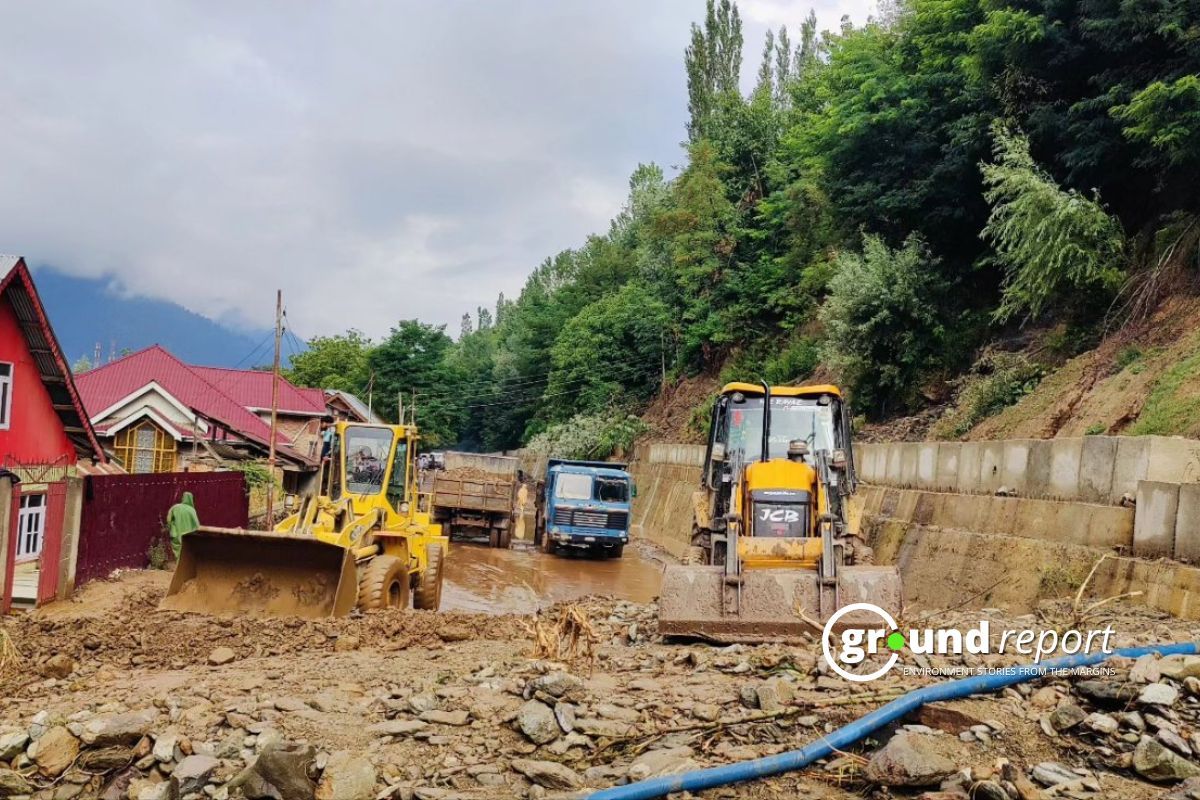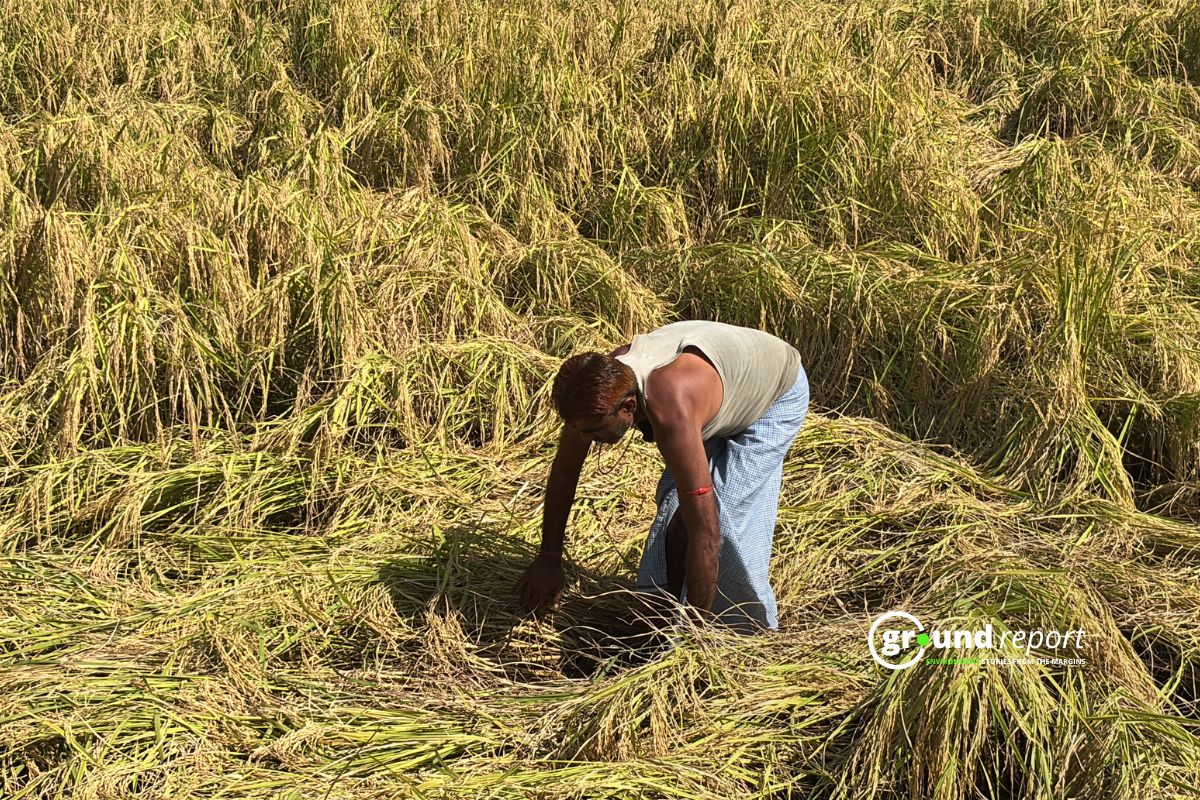India has achieved a major milestone by successfully growing life in space. Cowpea seeds sent to the Bharatiya Space Lab (PS4-Orbital Experiment Module or POEM) have sprouted in near zero-gravity. This was part of ISRO’s SpaDeX (Space Docking Experiment) mission, launched on December 30, 2024, using the PSLV rocket.
Cowpea sprouts in space
ISRO announced this success on X (formerly Twitter), saying: “Life sprouts in space! VSSC’s CROPS (Compact Research Module for Orbital Plant Studies) experiment onboard PSLV-C60 POEM-4 sprouted cowpea seeds in 4 days. Leaves expected soon.”
Life sprouts in space! 🌱 VSSC’s CROPS (Compact Research Module for Orbital Plant Studies) experiment onboard PSLV-C60 POEM-4 successfully sprouted cowpea seeds in 4 days. Leaves expected soon. #ISRO #BiologyInSpace pic.twitter.com/QG7LU7LcRR
— ISRO (@isro) January 4, 2025
ISRO Chairman Dr. Somanath called it an important step for India’s human space mission (Gaganyaan) and plans for an Indian space station.
“It is exciting to see life sprouting on the Bharatiya Space Lab. This test helps us understand how life works in space and proves our life-support systems are working well,” he said. “This small step will help future missions like Gaganyaan and the Indian space station.”
ISRO launched the SpaDeX mission from Sriharikota on December 30, 2024. Two spacecraft were deployed 470 km above Earth using the PSLV-C60 rocket. The CROPS (Compact Research Module for Orbital Plant Studies) experiment on POEM-4 succeeded in germinating life in space for the first time. The module, designed at the Vikram Sarabhai Space Center (VSSC), sprouted cowpea seeds in four days under microgravity, with leaves expected soon.
Why Cowpea was chosen?
Cowpea, or ‘lobia’ in Hindi, was chosen because it grows fast and is resilient. It’s also nutritious, making it a strong candidate for space food cultivation. According to T. Latha, Deputy Director at VSSC, this experiment is a big step toward growing food in space and sustaining human presence on the Moon, Mars, or other planets.
The SpaDeX mission’s chaser module captured a selfie video in orbit, showing its movement toward the target spacecraft. ISRO shared this video on X, calling it proof that the mission is on track. On January 2, 2025, the two spacecraft were 4.8 km apart. A real-time video of their docking, planned for January 7, will be released soon.
The POEM module is running two other experiments: one involves growing gut bacteria, and the other focuses on spinach cells. The spinach experiment, conducted using the Amity Plant Experimental Module in Space (APEMS) from Amity University Mumbai, studies plant cell growth under microgravity. The cells receive sunlight and nutrients through LED lights and gel, and cameras monitor their growth. A color change indicates a failed experiment.
Support us to keep independent environmental journalism alive in India.
Keep Reading
Watch: Kashmir experiences first snowfall of season after dry spell
Amarnath Yatra: Tackling rising death toll from extreme weather events
Tourists arrival in Kashmir break records, a need to regulate it?
From tourist paradise to waste wasteland: Sindh River Cry for help
Follow Ground Report on X, Instagram and Facebook for environmental and underreported stories from the margins. Give us feedback on our email id greport2018@gmail.com.
Don’t forget to Subscribe to our weekly newsletter, Join our community on WhatsApp, and Follow our YouTube Channel for video stories.









